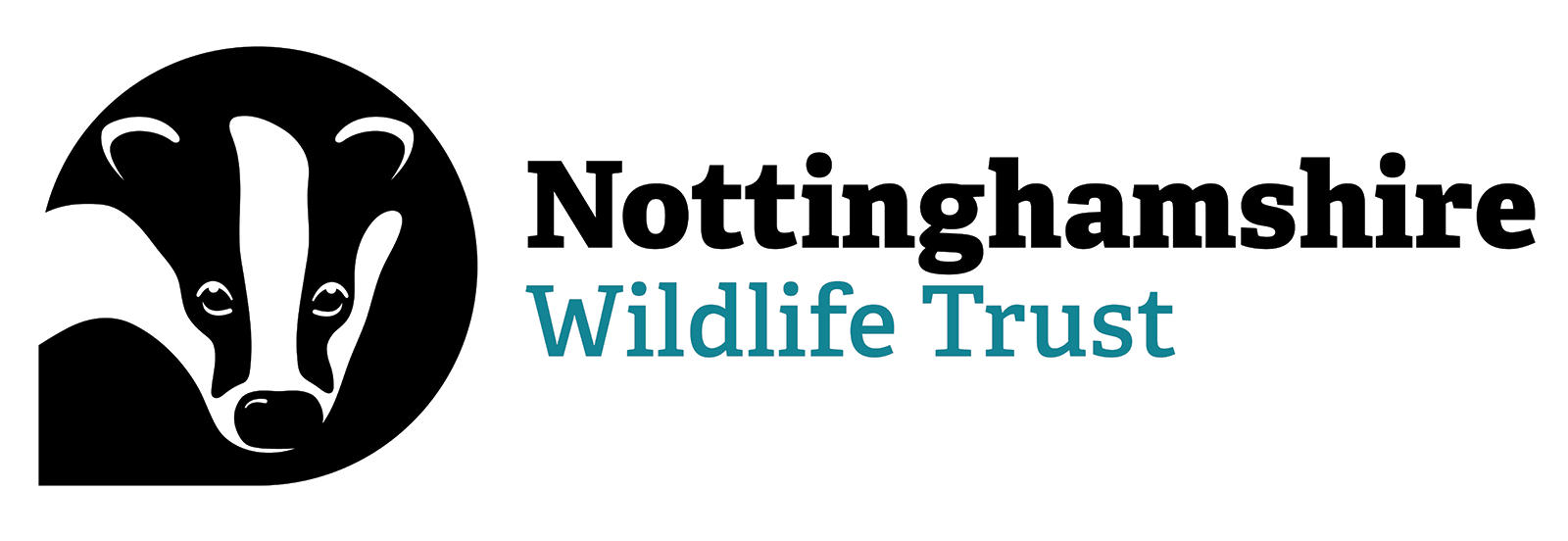Search
Search
Water vole
The water vole is under serious threat from habitat loss and predation by the American mink. Found along our waterways, it is similar-looking to the brown rat, but with a blunt nose, small ears…
The Water Vole
Kelly Hollings, Restoring Ratty Project Officer for Northumberland Wildlife Trust, explores the habits of these much-loved mammals.
Water Vole Recovery Project
Water Vole Recovery Project - Project Outcomes
Bank vole
The chestnut-brown bank vole is our smallest vole and can be found in hedgerows, woodlands, parks and gardens. It is ideal prey for owls, weasels and kestrels.
Field vole
With a population of 75 million, the field vole is one of the UK's most common mammals. Hidden among the vegetation of grassland, heathland and moorland, it is not as easily spotted as the…
Project seeking to bring Nottinghamshire’s water vole population back from the brink reaches exciting stage
The Nottinghamshire Water Vole Recovery Project - one of more than 60 projects aimed at recovering a wide range of our scarcest animals and plants supported by £14.5 million of funding via Natural…
Water spider
There are several species of spider that live in our wetlands, but the water spider is the only one that spends its life under the water. In its pond habitats, it looks silvery because of the air…
Annual meadow-grass
Annual meadow-grass is a coarse, vigorous grass that can be found on waste ground, bare grassland and in lawns. In some situations, it can be considered a weed.
Water scorpion
The water scorpion is not a true scorpion, but it certainly looks like one! An underwater predator, it uses its front pincer-like legs to catch its prey. Its tail actually acts as a kind of '…
Water shrew
The large, dark grey water shrew lives mostly in wetland habitats. It's a good swimmer that hunts for aquatic insects and burrows into the banks.
